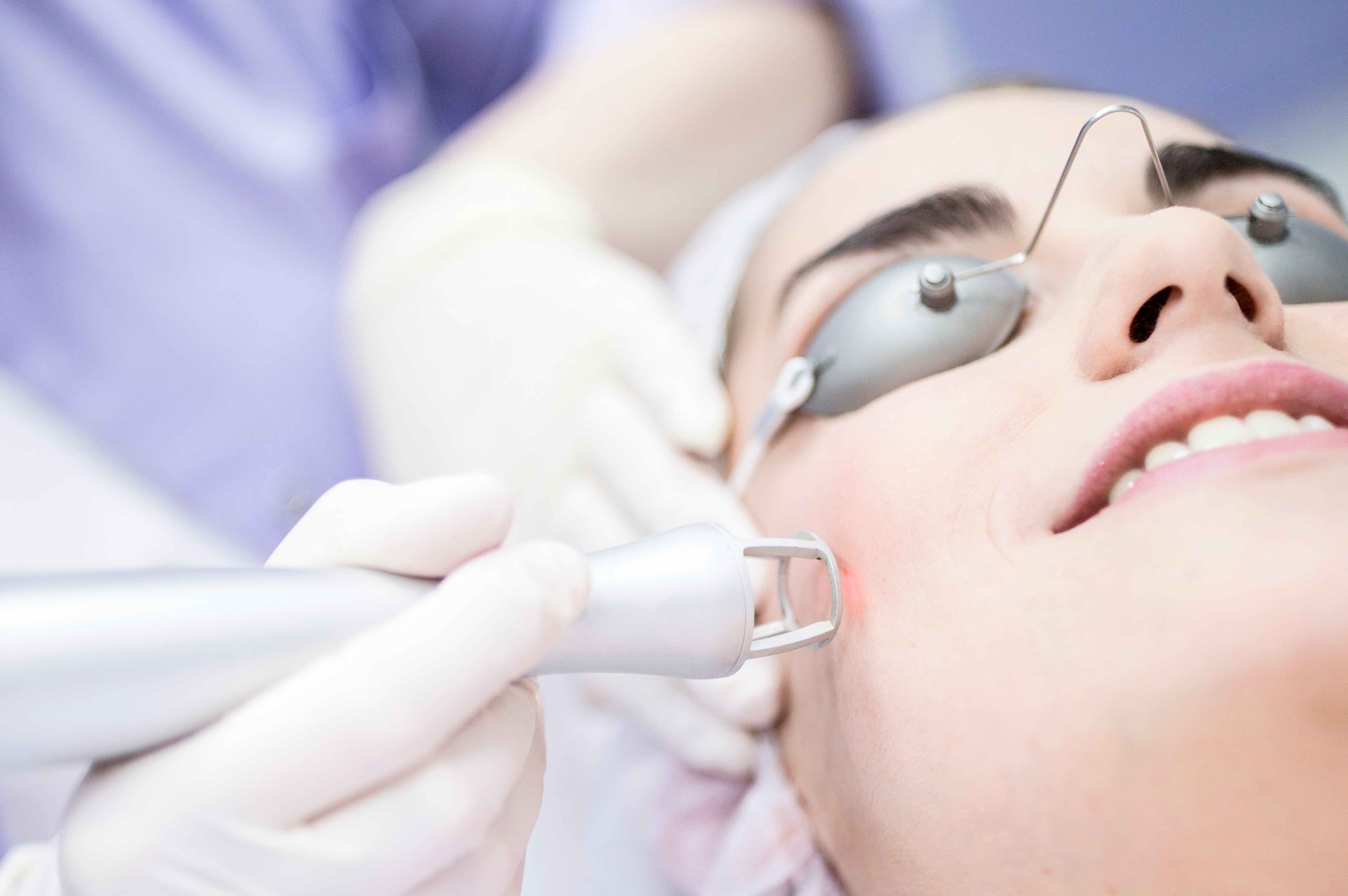The digital age has transformed our reflection into a curated gallery. Every selfie, video call, and social media post presents a version of ourselves to the world, blurring the lines between our physical and digital identities. This constant self-documentation has ignited a new, more introspective approach to personal aesthetics. The goal is no longer about conforming to a singular ideal, but about refining one's unique features to achieve a sense of confidence and harmony that feels authentic, both on-screen and off. This guide for 2025 delves into the sophisticated world of cosmetic surgery, exploring how modern procedures can help you align your outer appearance with your inner sense of self. 🗺️
What is Cosmetic Plastic Surgery? Definition and Trends
Cosmetic plastic surgery is a specialized field of medicine focused on enhancing appearance through surgical and non-surgical techniques. Unlike reconstructive surgery, which aims to correct deformities or restore function after an injury or illness, cosmetic surgery is elective and performed on normal body parts. Its primary goal is to improve aesthetic appeal, symmetry, and proportion.
As we move into 2025, the industry is witnessing several key trends that prioritize subtlety and personalization. The era of "one-size-fits-all" beauty is over. Today's patients are seeking results that are uniquely their own.
2025 Key Trends in Cosmetic Surgery 📈
- The "Quiet Tweakment": The focus has shifted from dramatic transformations to subtle, "barely-there" enhancements. Patients want to look like refreshed, well-rested versions of themselves, not like different people. This involves smaller, targeted procedures that refine rather than overhaul.
- Preventative Aesthetics: A younger demographic is increasingly turning to non-invasive treatments like "baby botox" and skin boosters not to reverse aging, but to prevent its early signs. The goal is to maintain youthful skin and facial structure for longer.
- The Rise of "K-Beauty" Techniques: The global phenomenon of Korea cosmetic plastic surgery continues to influence trends worldwide. Korean techniques are renowned for their meticulous attention to detail, focus on creating natural harmony and balance, and innovative approaches to procedures like rhinoplasty and blepharoplasty that respect and enhance ethnic features.
- Tech-Driven Personalization: Advanced imaging technologies like 3D and AI-powered simulations are becoming standard. These tools allow patients and surgeons to visualize potential outcomes with incredible accuracy, ensuring the final result aligns perfectly with the patient's goals.
💡 Core Philosophy of Modern Aesthetics
The guiding principle for 2025 is "Enhance, Don't Erase." The most sought-after results preserve the individual's unique character while refining features for a more balanced and harmonious appearance. It's about boosting confidence by feeling like the best version of yourself.
A Quick Look at the Features of Major Procedures
Understanding the most common surgical procedures is the first step in making an informed decision. Each surgery targets specific areas and has unique characteristics, recovery times, and potential outcomes. Below is a comprehensive overview of the most popular options in 2025.
| Procedure | Target Area | Key Features & 2025 Trends | Ideal Candidate |
|---|---|---|---|
| Blepharoplasty (Eyelid Surgery) | Upper/Lower Eyelids | Removes excess fat and skin to correct droopy eyelids or under-eye bags. The 2025 trend is "preservation blepharoplasty," which repositions fat rather than removing it for a less hollow, more natural look. | Individuals with sagging eyelids, puffiness, or vision obstruction due to drooping skin. |
| Rhinoplasty (Nose Surgery) | Nose | Reshapes the nose for aesthetic balance or to improve breathing. "Structural rhinoplasty" is key in 2025, using cartilage grafts to ensure long-term stability and a natural appearance that complements the entire face. | Those unhappy with the size or shape of their nose, or who have breathing difficulties due to structural issues. |
| Rhytidectomy (Facelift) | Face and Neck | Lifts and tightens sagging facial tissues to reduce wrinkles and jowls. The modern "Deep Plane Facelift" provides more natural and longer-lasting results by repositioning deeper muscle layers, avoiding a "pulled" look. | Individuals with significant facial aging, such as deep creases, jowls, and loose neck skin. |
| Breast Augmentation | Breasts | Increases breast size and improves shape using implants or fat transfer. The trend is toward "gummy bear" cohesive gel implants and hybrid approaches (implant + fat grafting) for a more natural feel and contour. | Those who desire larger breasts or wish to restore volume lost after pregnancy or weight loss. |
| Liposuction | Body Contours (Abdomen, Thighs, Arms) | Removes stubborn fat deposits that are resistant to diet and exercise. Advanced techniques like VASER (ultrasound-assisted) liposuction allow for more precise sculpting and skin tightening. | Individuals close to their ideal weight but struggling with localized fat pockets. |
Types and Effects of Non-Surgical Procedures
For those not ready for surgery or seeking preventative care, the world of non-surgical and minimally invasive procedures offers a wealth of options. These treatments typically involve minimal downtime and provide remarkable, albeit often temporary, results. They are the driving force behind the "preventative aesthetics" trend. 💉
Popular Non-Surgical Categories
- Neurotoxins (e.g., Botox, Dysport): These injectables work by temporarily relaxing muscles that cause dynamic wrinkles, such as crow's feet, forehead lines, and frown lines. The result is smoother, more youthful-looking skin.
- Dermal Fillers (e.g., Hyaluronic Acid): Fillers are used to restore lost volume, smooth out static wrinkles, and enhance facial contours. Common areas include the cheeks, lips, and nasolabial folds. The 2025 approach focuses on "facial balancing" rather than just filling lines.
- Laser & Light Therapies (e.g., Fraxel, BBL): These treatments use focused light energy to address a range of skin concerns, including sun damage, pigmentation, fine lines, and acne scars. They work by stimulating collagen production and promoting skin cell turnover.
- Thread Lifts: A minimally invasive alternative to a facelift, this procedure uses dissolvable sutures to lift and tighten sagging skin on the face and neck. It provides an immediate lift while also stimulating long-term collagen growth.
💡 The Power of Combination Therapy
The most effective non-surgical results often come from a customized combination of treatments. A skilled practitioner might use Botox to relax wrinkles, fillers to restore volume, and laser therapy to improve skin texture, creating a comprehensive and harmonious rejuvenation.
Recovery Periods and Precautions for Each Procedure
Recovery is an integral part of the surgical process and is crucial for achieving the best possible results. Rushing this phase can lead to complications and compromise the outcome. Patients must have a realistic understanding of the downtime required and follow all post-operative instructions diligently. 🗓️
While recovery varies greatly depending on the individual and the specific procedure, here is a general guideline for major surgeries:
- Rhinoplasty: Expect significant swelling and bruising for 1-2 weeks. A splint is typically worn for the first week. Most social downtime is within 2 weeks, but final results can take up to a year to fully refine as swelling subsides.
- Blepharoplasty: Bruising and swelling are most prominent for 7-10 days. Stitches are usually removed within a week. Most patients feel comfortable returning to public activities after about 10-14 days.
- Facelift: This is a more extensive procedure. Initial recovery takes about 2-3 weeks, during which swelling and bruising will be significant. A return to normal, non-strenuous activities can happen after 3 weeks, but full recovery and final results will take several months.
- Liposuction: A compression garment must be worn for several weeks. Soreness and bruising are common for 1-3 weeks. Light activity can be resumed in a few days, but strenuous exercise should be avoided for 4-6 weeks.
⚠️ Universal Post-Op Precautions
Regardless of the procedure, all patients should strictly adhere to these rules: avoid strenuous exercise as advised by your surgeon, protect incisions from sun exposure to prevent scarring, stay hydrated and eat a nutritious diet to support healing, and attend all follow-up appointments. Never hesitate to contact your clinic with any concerns.
Choosing a Specialist and Consultation Checklist
The single most important decision you will make in your cosmetic surgery journey is your choice of surgeon. A qualified, experienced, and ethical specialist is your partner in achieving safe and beautiful results. This is particularly true when considering treatment abroad, such as in South Korea, a global hub for cosmetic excellence.
When seeking a top-tier experience, many international patients look to clinics like Onlif Plastic Surgery, which exemplify the high standards of Korea cosmetic plastic surgery. Use the following checklist during your research and consultations to ensure you are in the best hands. 🧑⚕️
📋 Your Consultation Checklist
- Board Certification: Is the surgeon certified by a recognized plastic surgery board? This is a non-negotiable baseline for qualification.
- Specialization: Does the surgeon specialize in the procedure you want? A surgeon who primarily performs rhinoplasty will have more expertise in that area than a generalist.
- Portfolio Review: Ask to see an extensive gallery of before-and-after photos of patients with similar features and goals to your own. Look for consistency and natural-looking results.
- Communication and Comfort: Do you feel comfortable with the surgeon? Do they listen to your goals, answer your questions thoroughly, and explain the risks and benefits clearly?
- Facility Accreditation: Is the surgery performed in an accredited surgical facility with proper safety protocols and a qualified anesthesiologist?
- Realistic Expectations: Does the surgeon help you set realistic expectations? A good surgeon will be honest about what can and cannot be achieved.
A thorough consultation is a two-way conversation. It is your opportunity to gain confidence in your surgeon and their plan, and their opportunity to understand your aesthetic vision. Never feel rushed or pressured. A successful outcome begins with a foundation of trust and clear communication.









